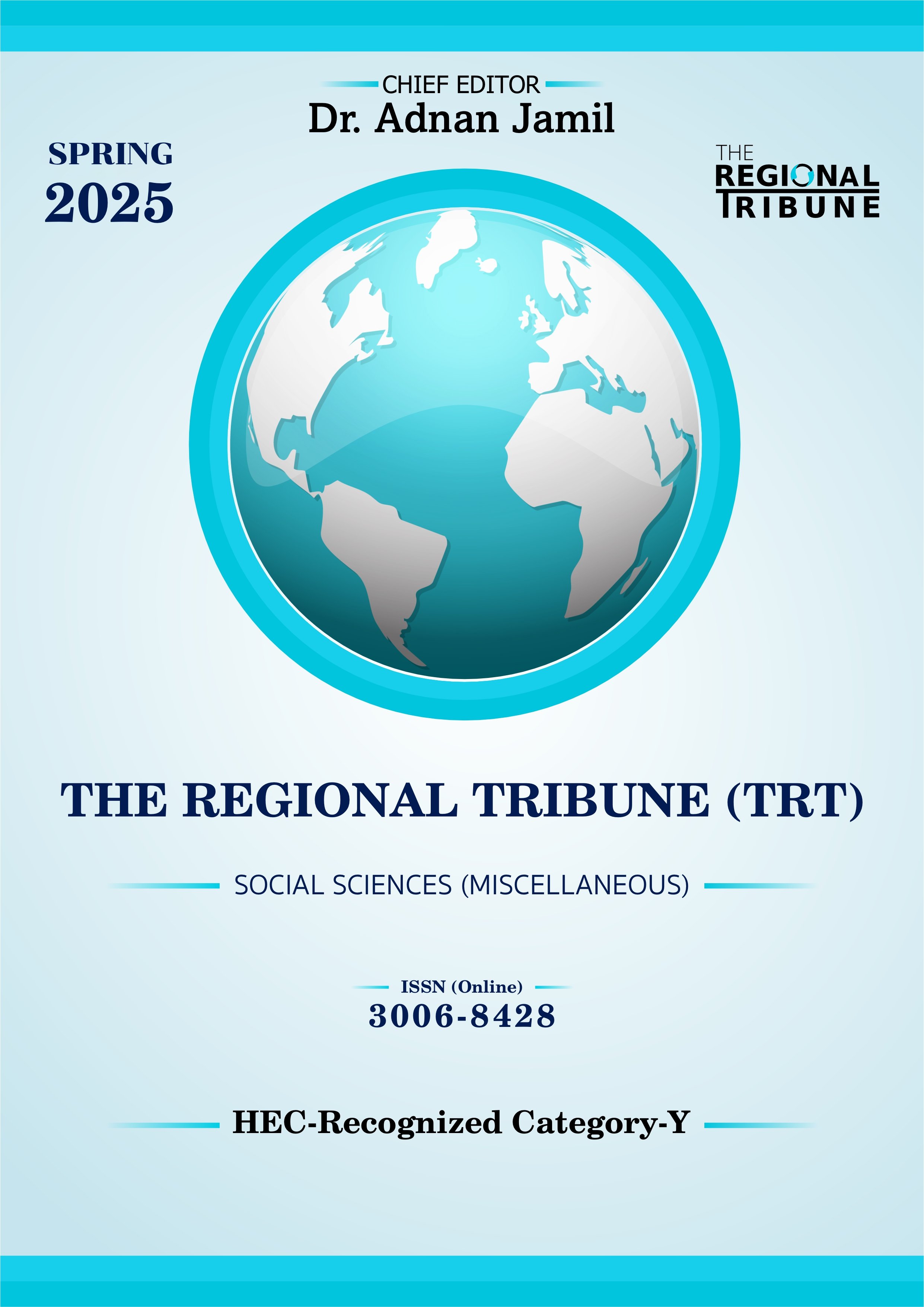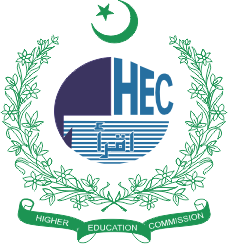The Fear Supply Chain: How the U.S. Manages Conflict to Preserve Global Dominance and Dollar Supremacy
DOI:
https://doi.org/10.55737/trt/SG25.102Keywords:
Controlled Chaos, Managed Instability, U.S. Hegemony, Dollar Supremacy, Petrodollar System, Military-Industrial Complex, Geopolitical Engineering, Global InsecurityAbstract
This study is a critique of how the United States strategically engineers instability in the region as one way of ensuring international hegemony and in strengthening the dominance of the U.S dollar. Rooted in the ideological framework of controlled chaos, the analysis argues that the prolonged viability of adversarial states, including Iran, North Korea, and Russia, is not accidental or purely reactive in nature, but rather consciously manages to keep itself in a state of uncertainty in the field of insecurity. This controlled instability, the paper states, has several interconnected aims, which include spurring the profitability of the defense industry, justification of broad military deployments, maintenance of the so-called petrodollar system, and protection of the dollar as the predominant global reserve currency. Bringing together the tools of geopolitical analysis, macroeconomic data, and case studies, the study explains the systemic insecurity mechanism as the inherent component of the U.S. grand strategy, with a long-term impact on the international order, financial instability, and regional self-rule.
References
Bukhari, S. R. H., & Mujaddid, G. (2025). Hindutva and Zionism: Parallel nationalist ideologies and the global fallout of religious supremacism in South Asia and the Middle East. International Journal of Politics & Social Sciences Review, 4(2), 148–155. https://doi.org/10.5281/zenodo.15721840
Bukhari, S. R. H., Khan, A. U., Noreen, S., Khan, T. U., Khan, N., & Haq, I. U. (2024). Ukraine and Russia: A historical analysis of geopolitical dynamics, national identity, and conflict escalation leading to the present-day crisis. Kurdish Studies, 12(2), 5803–5824. https://kurdishstudies.net/menu-script/index.php/ks/article/view/2760/1783
Bukhari, S. R. H., Khan, A. U., Noreen, S., Khan, M. T. U., Khan, M. N., & Haq, M. I. U. (2024). Unraveling the complexity: Geopolitical analysis of the nexus between U.S. policies and asymmetrical warfare in Afghanistan. Kurdish Studies, 12(2), 6580–6602. http://dx.doi.org/10.53555/ks.v12i2.2882
Chomsky, N., & Prashad, V. (2022). The withdrawal: Iraq, Libya, Afghanistan, and the fragility of U.S. power. The New Press.
Cooley, A., & Nexon, D. H. (2020). Exit from hegemony: The unraveling of the American global order. Oxford University Press.
Gowan, P. (1999). The Global Gamble: Washington’s Faustian bid for world dominance. Verso.
Harvey, D. (2003). The New Imperialism. Oxford University Press.
Ikenberry, G. J. (2011). Liberal Leviathan: The Origins, Crisis, and Transformation of the American World Order. Princeton University Press.
Mearsheimer, J. J. (2022). The Great Delusion: Liberal Dreams and International Realities. Yale University Press.
Nye, J. S. (2019). Do Morals Matter? Presidents and Foreign Policy from FDR to Trump. Oxford University Press.
Noduli, S. M. (2006). Petrodollar recycling and global imbalances. International Monetary Fund.
Stokes, D. (2018). Revisiting the petrodollar: The political economy of U.S. global power. European Journal of International Relations, 24(3), 602–624.
Stokes, D., & Waterman, P. (2017). Global energy security and American hegemony. Global Policy, 8(1), 41–50. https://kar.kent.ac.uk/24203/
Catalán, M., Fendoglu, S., & Tsuruga, T. (2024). A gravity model of geopolitics and financial fragmentation (IMF Working Paper No. 2024/196). International Monetary Fund. 2024(196), 1-37. https://doi.org/10.5089/9798400280337.001
Okuda, Okuda, T., & Tsuruga, T. (2024). Geoeconomic Fragmentation and International Diversification Benefits. International Monetary Fund. https://ssrn.com/abstract=4757863
Downloads
Published
Issue
Section
License
Copyright (c) 2025 Syed Rizwan Haider Bukhari, Imran Igra, Ipek Ipek, Khedidja Ghezal

This work is licensed under a Creative Commons Attribution-NonCommercial 4.0 International License.



